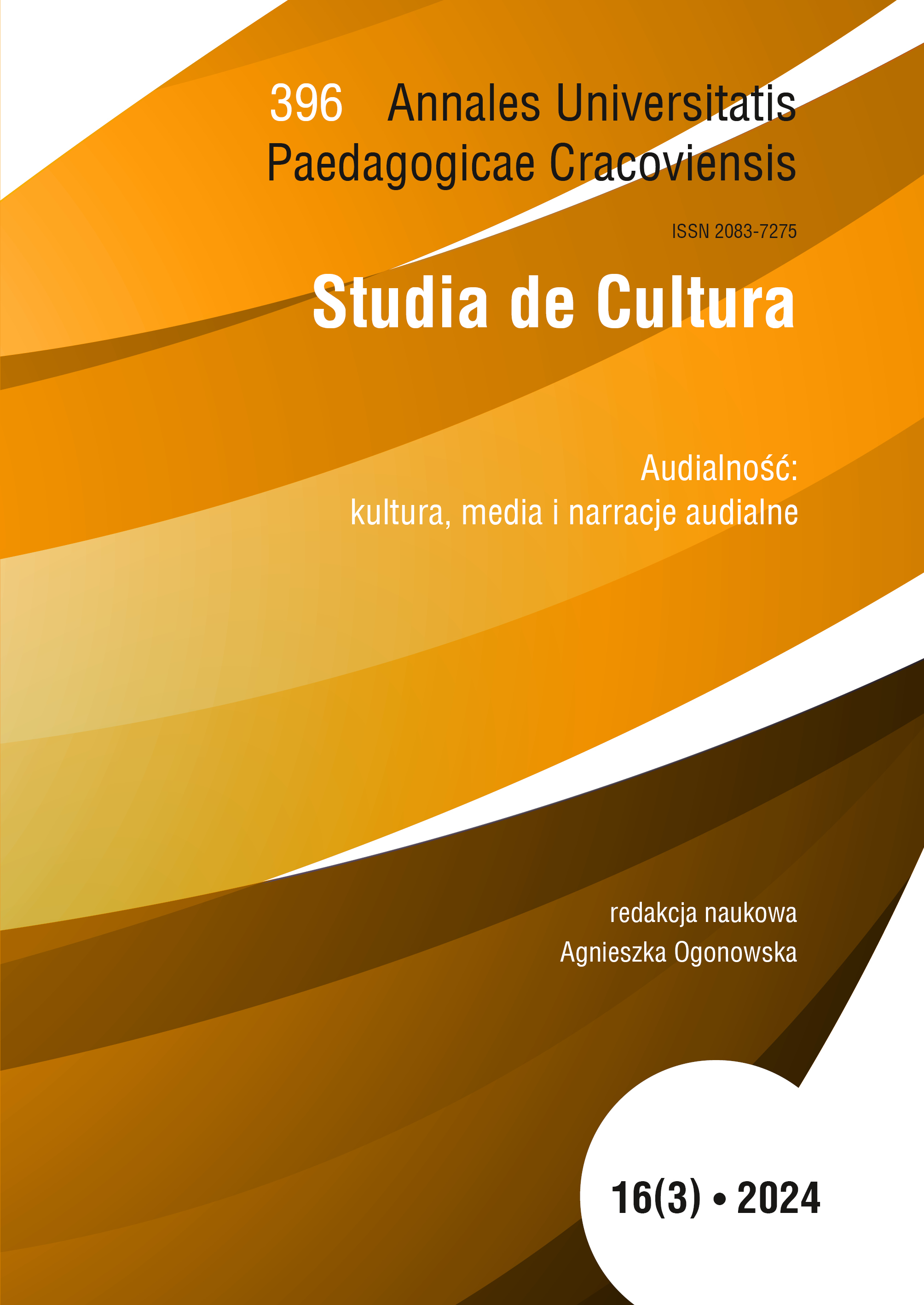Abstract
The aim of the article is a linguistic analysis of emotions appearing in audio description, i.e. a verbal recording of visual content in the form of an additional soundtrack. Emotions are a fundamental element in verbal and non-verbal communication. In the film, expressed through gestures and facial expressions, they play a key role in the full interpretation of, among others, dialogue scenes. The task of the audio describer, which acts as an intermediary between the image and the blind person, is to present the observed emotions using linguistic means available in a given language system. A database of ready-made linguistic constructions assigned to specific emotions is intended to facilitate this process and speed up the entire process of creating audio descriptions.
References
Braun Sabine. 2008. “Audio description research: state of the art and beyond”. Translation Studies in the New Millennium 6. 14–30.
View in Google Scholar
Chmiel Agnieszka, Mazur Iwona. 2014. Audiodeskrypcja. Poznań.
View in Google Scholar
Dąbrowska Anna. 2008. „Współczesne problemy lingwistyki kulturowej”. filologia-polska.pwa.edu.pl (dostęp: 12.05.2024).
View in Google Scholar
ITC Guidance on Standards for Audio Description. 2000. http://www.ofcom.org.uk/static/archive/itc/itc_publications/codes_guidance/audio_description/index.asp.html (dostęp: 20.03.2024).
View in Google Scholar
Jakobson Roman. 1966. On linguistic aspects of translation. W: On Translation. Brower Artur Reuben (red.). Cambridge. 232–239.
View in Google Scholar
Muryn Teresa, Niziołek Małgorzata, Hajok Alicja. 2016. « Scène de crime dans le roman policier : essai d’analyse lexico-syntaxique ». SHS Web of Conferences 27. 1–14.
View in Google Scholar
Ofcom Code on Television Access Services. 2010. http://stakeholders.ofcom.org.uk/binaries/broadcast/other-codes/ctas.pdf (dostęp: 29.03.2024).
View in Google Scholar
Poyatos Fernando. 2002. Nonverbal Communication across Disciplines. Volume II: Paralanguage, Kinesics, Silence, Personal and Environmental Interaction. Amsterdam–Philadelphia.
View in Google Scholar
Rak Maciej. 2015. „Co to jest kulturem?”. LingVaria 10. 305–316.
View in Google Scholar
Remael Aline, Gert Vercauteren. 2010. “The translation of recorded audio description from English into Dutch”. Perspectives: Studies in Translatology 18(3). 155–171.
View in Google Scholar
Snyder Joel. 2007. “Audio Description: The Visual Made Verbal”. The International Journal of the Arts in Society 2(2). 99–104.
View in Google Scholar
Szymańska Barbara, Tomasz Strzymiński. 2010. Standardy tworzenia audiodeskrypcji do produkcji audiowizualnych. http://www.audiodeskrypcja.org.pl/index.php/standardy-tworzenia-audiodeskrypcji/do-produkcji-audiowizualnych (dostęp: 20.03.2024).
View in Google Scholar
Tomaszkiewicz Teresa. 2006. Przekład audiowizualny. Warszawa.
View in Google Scholar
Vercauteren Gert, Pilar Orero. 2013. “Describing facial expressions: much more than meets the eye”. Quaderns 20. 187–199.
View in Google Scholar
Zabrocka Monika. 2017. „Emocje odzyskane w tłumaczeniu: o audiodeskrypcji artystycznej i przekładzie humoru”. Przekładaniec 35. 107–127. https://doi.org/10.4467/16891864PC.17.015.8228 (dostęp: 20.03.2024).
View in Google Scholar

This work is licensed under a Creative Commons Attribution-NonCommercial 4.0 International License.
Copyright (c) 2024 Annales Universitatis Paedagogicae Cracoviensis. Studia de Cultura

